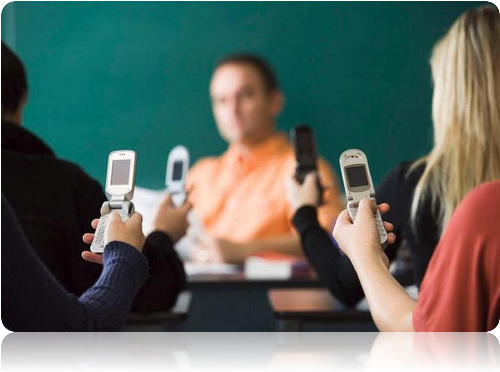The three things from Chapters one and two that I would like to further explore and reflect on are:
1) how technology affects students in their everyday experiences inside and outside the classroom
2) how technology can engage students during lessons and
3) is there a way to disconnect from the technology being used.

First off, technology is everywhere. No matter where you look someone is using a form of technology, whether it be a phone, tablet, or computer, etc... It changes the way children are being raised and taught. In the book "Transforming Learning with New Technologies," it states that children ages 8-18 are members in the iGeneration. This means they have grown up using computers and other technologies during their everyday lifestyle. I mean think about it, when you are out at dinner with your family, how many children do you see on their phone instead of socializing with their family. It is amazing how much technology has gotten to people.

Now talking about inside the classroom, what do you think happens? Do you think teachers ignore the fact that their students are on the phone all the time? Do you think they try to incorporate the new technologies into their teaching? Some teachers have gotten to the point to where they are incorporating the cell phones into the lessons. For example, I had a college professor who during the lesson had a survey for us to do and we had to text our answers in and we all saw what answer was picked as it was being picked. It could even be as simple as having students go home and search information on the computer.

Lastly, is there any way to stop using the technology in front of us? Or at least limit it? My opinion is no. I think it is too late for that. I think it has gotten to the point where it is prominent no matter where you go. Teachers all have Smart Boards in their classrooms. Technology will always be around and always improving. I think we have to come to terms with that because if we do not, then we will not be able to keep up with what is going on in the world around us.




